Hi,
Which combination of FME transformers would I need to use for splitting an irregular polygon into convex partitions (and possibly also minimizing the number of resulting parts). The following figure illustrates what I am trying to obtain:
I have come up with an approach based on the Triangulator which can be described as follows:
- Sorting all interior lines from the triangulation by decreasing length
- Consider the first occurrence
- Identify the 2 adjacent polygons
- Dissolve those 2 polygons
- Check convexity of result
- If convex, keep result
- If concave, discard result
- The process should for instance escape the loop when all interior lines have been considered
I created an FME workspace which does this.
The initial figure:
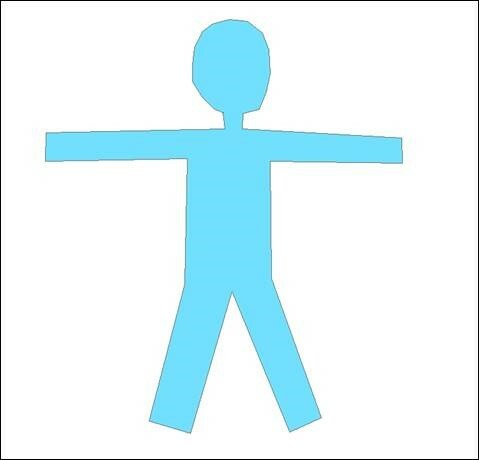
would become like this after triangulation:
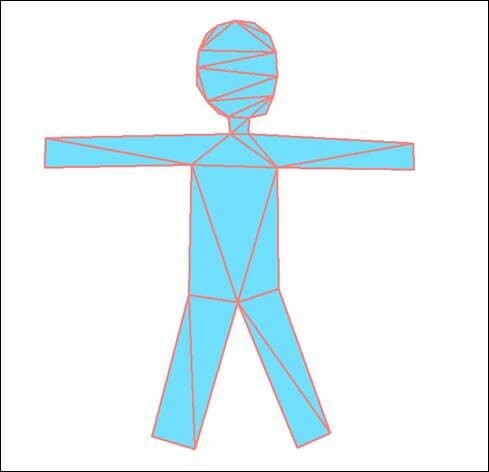
And ultimately the end result would be the following where all parts are convex:
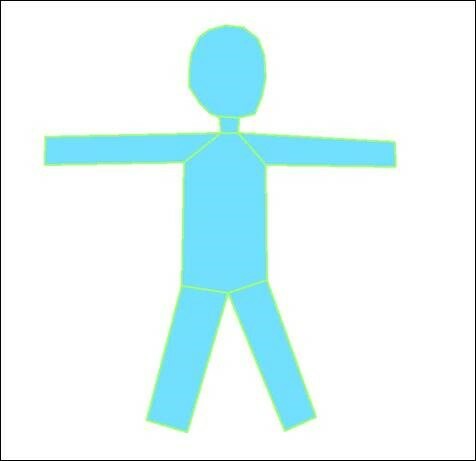
However the iterations are hard-coded for the moment because the custom transformer I tried to create contains blocking transformers and multiple loops which are not supported. My question is: how would you make the attached FME workspace generic so that it can work with any number of interior edges?
Thank you!
Best regards,
Olivier
Best answer by gio
View original




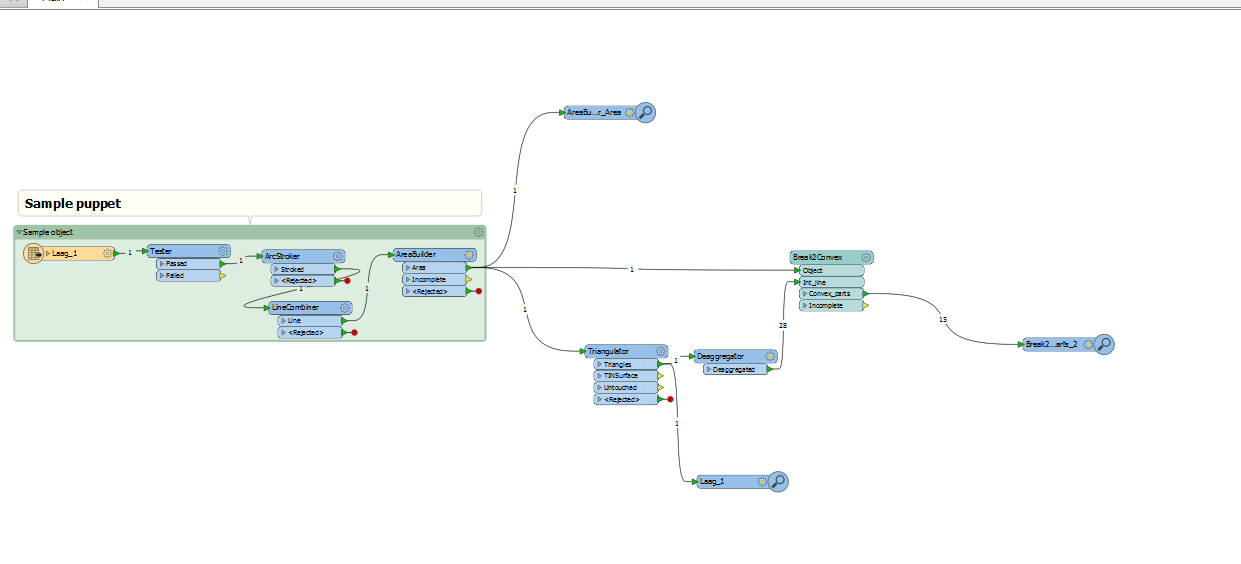

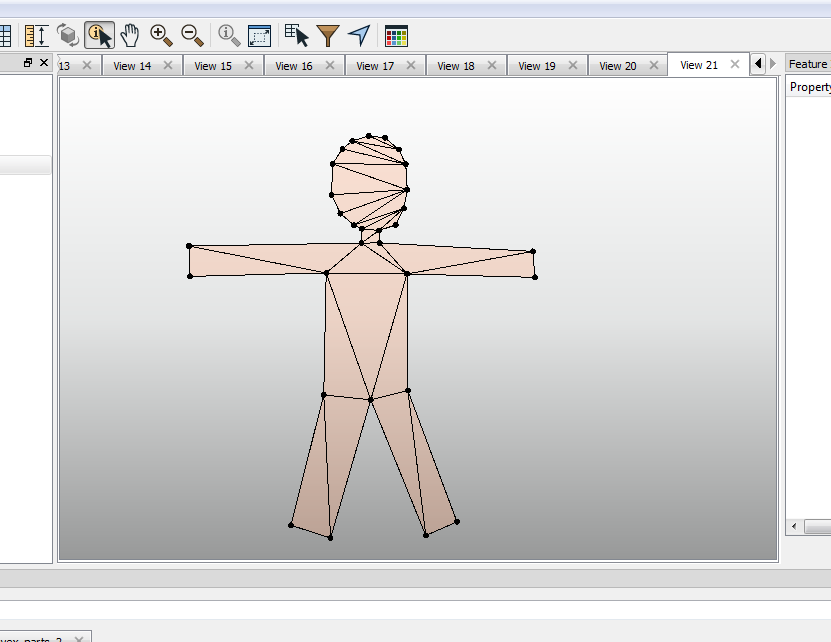
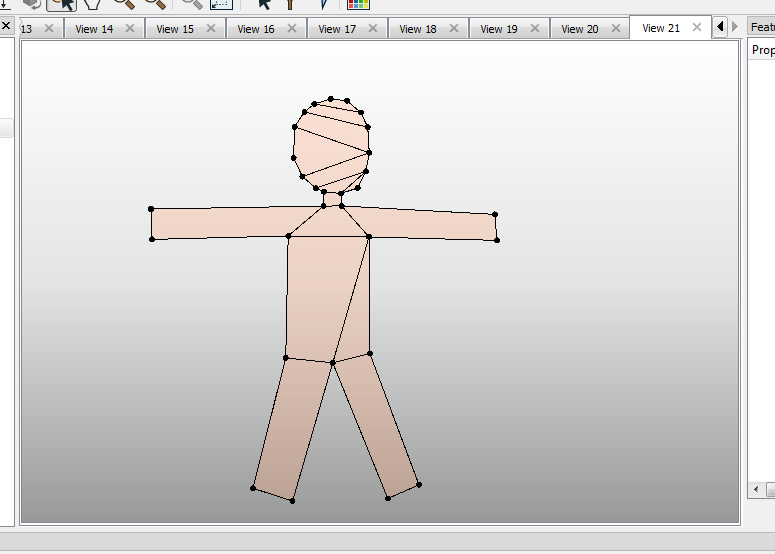
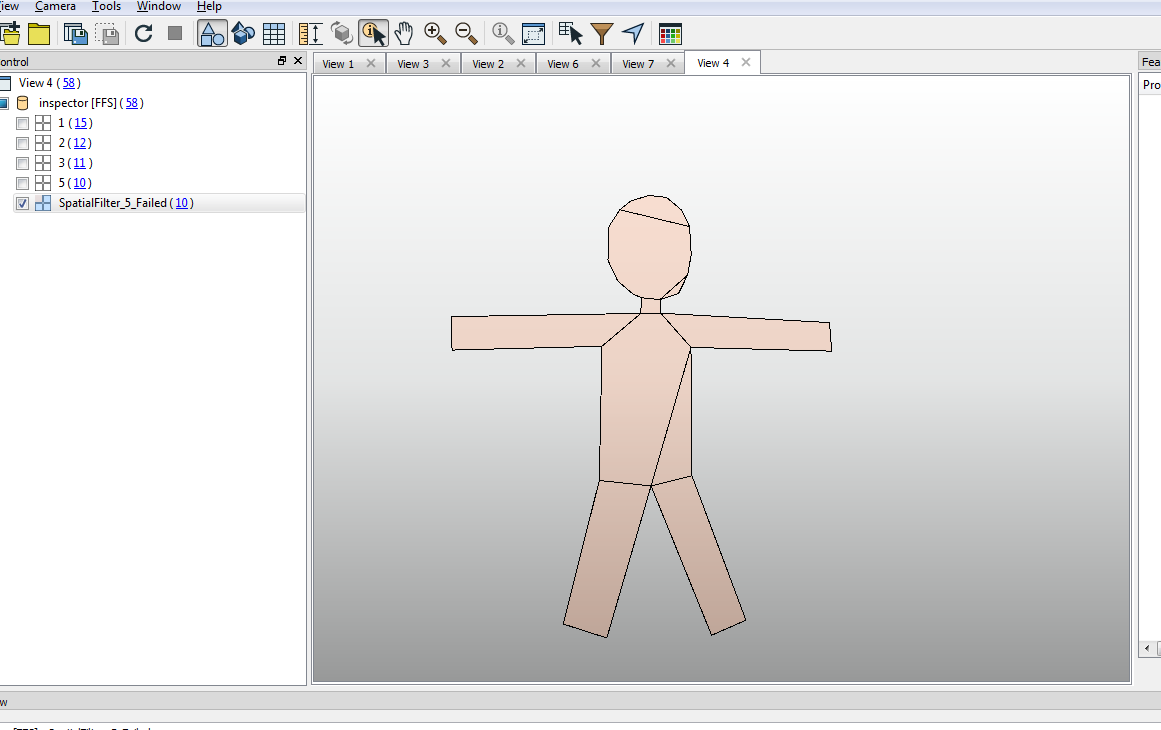
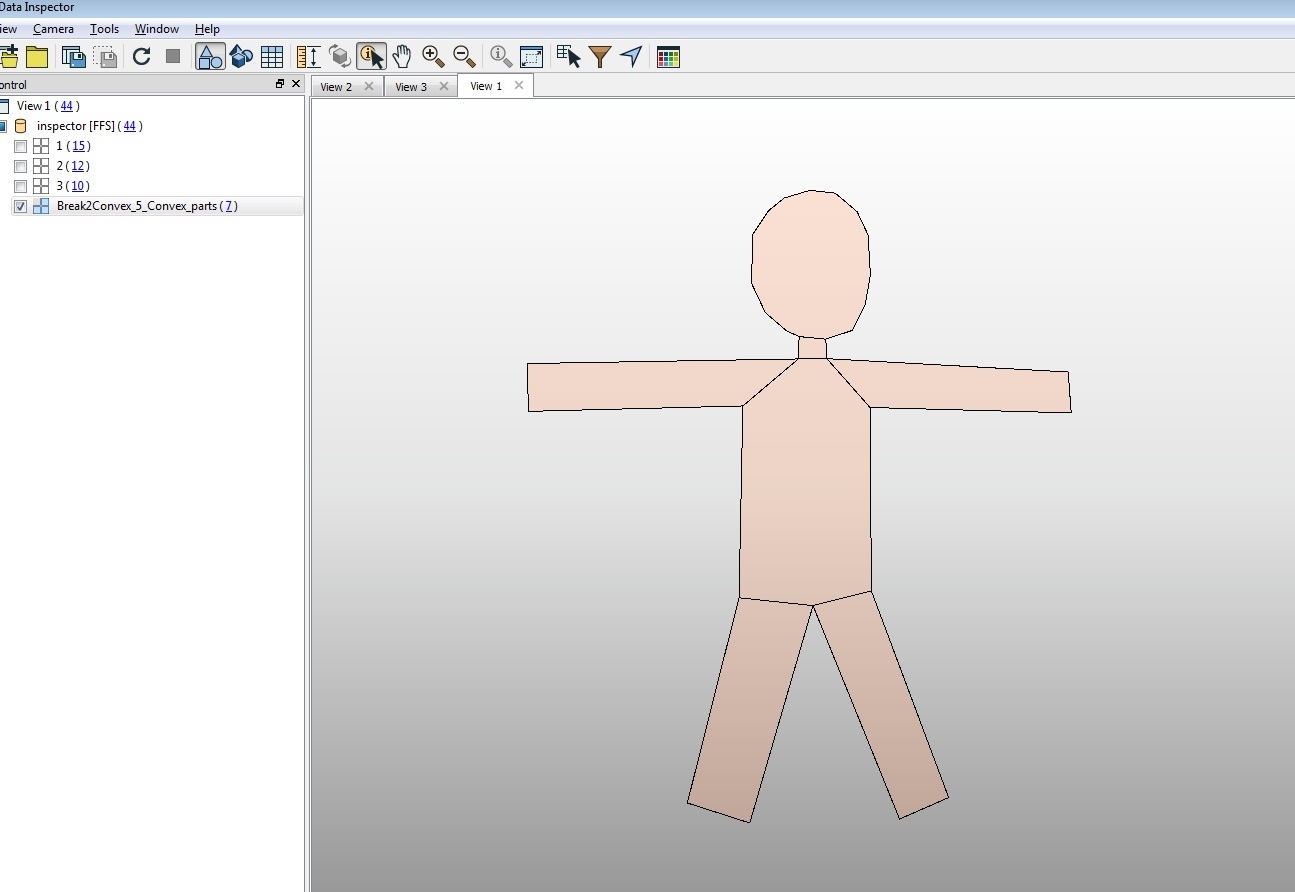
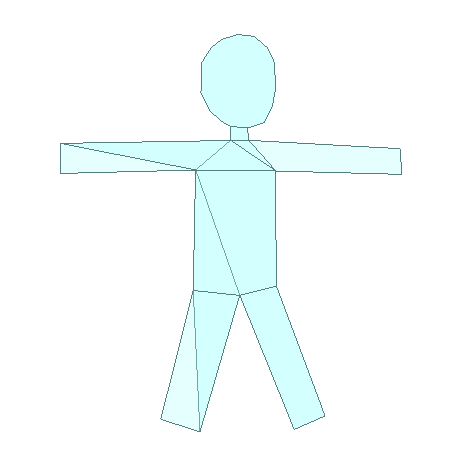
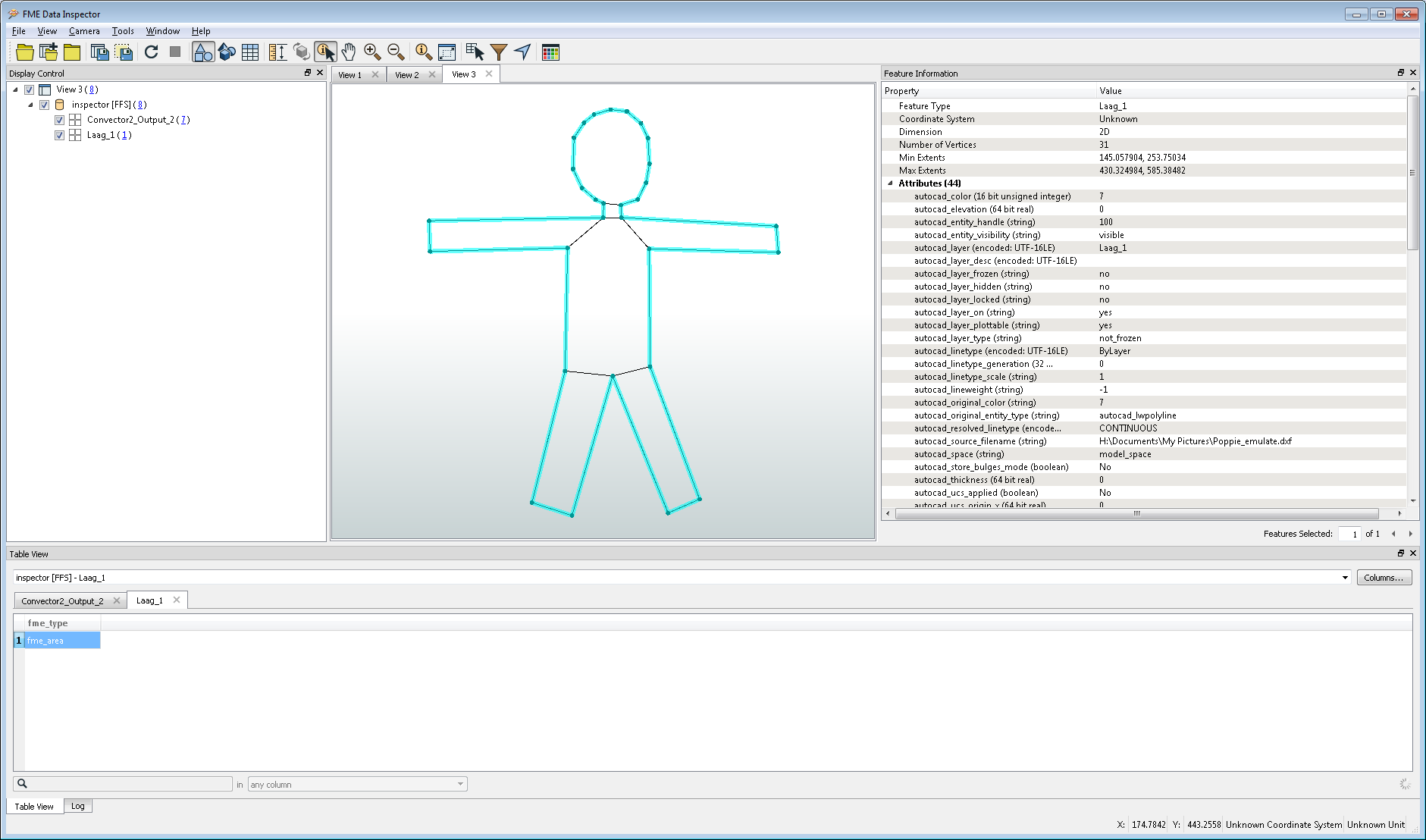 Hi
Hi